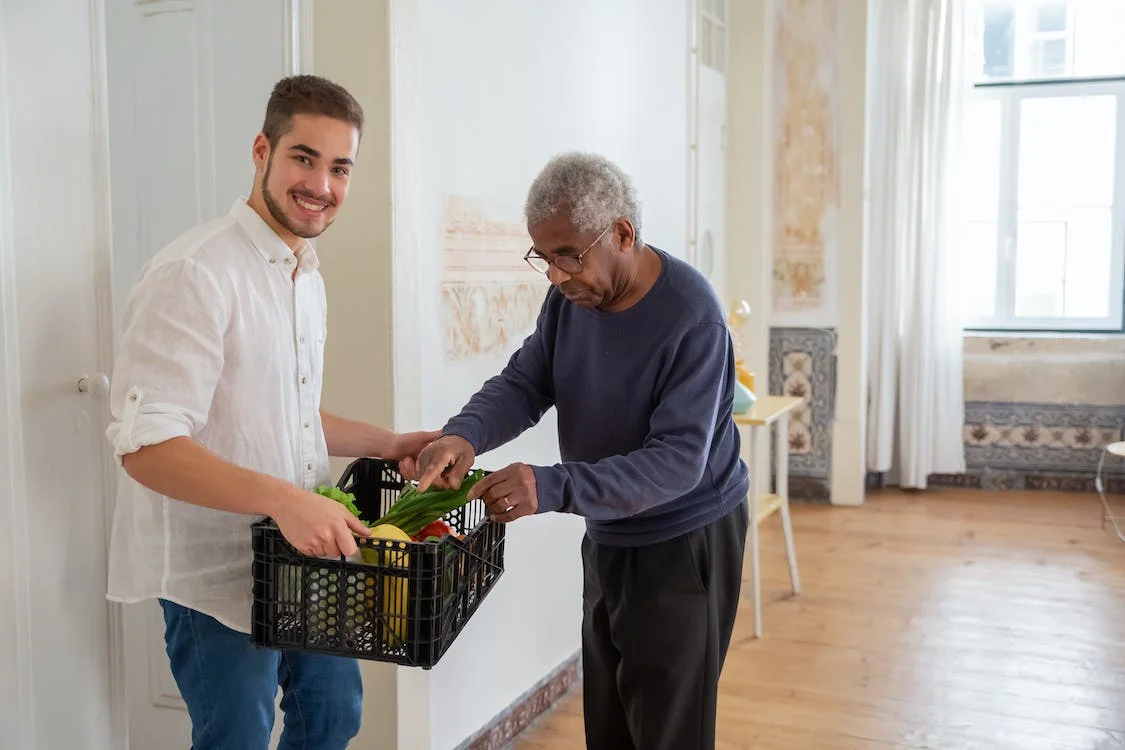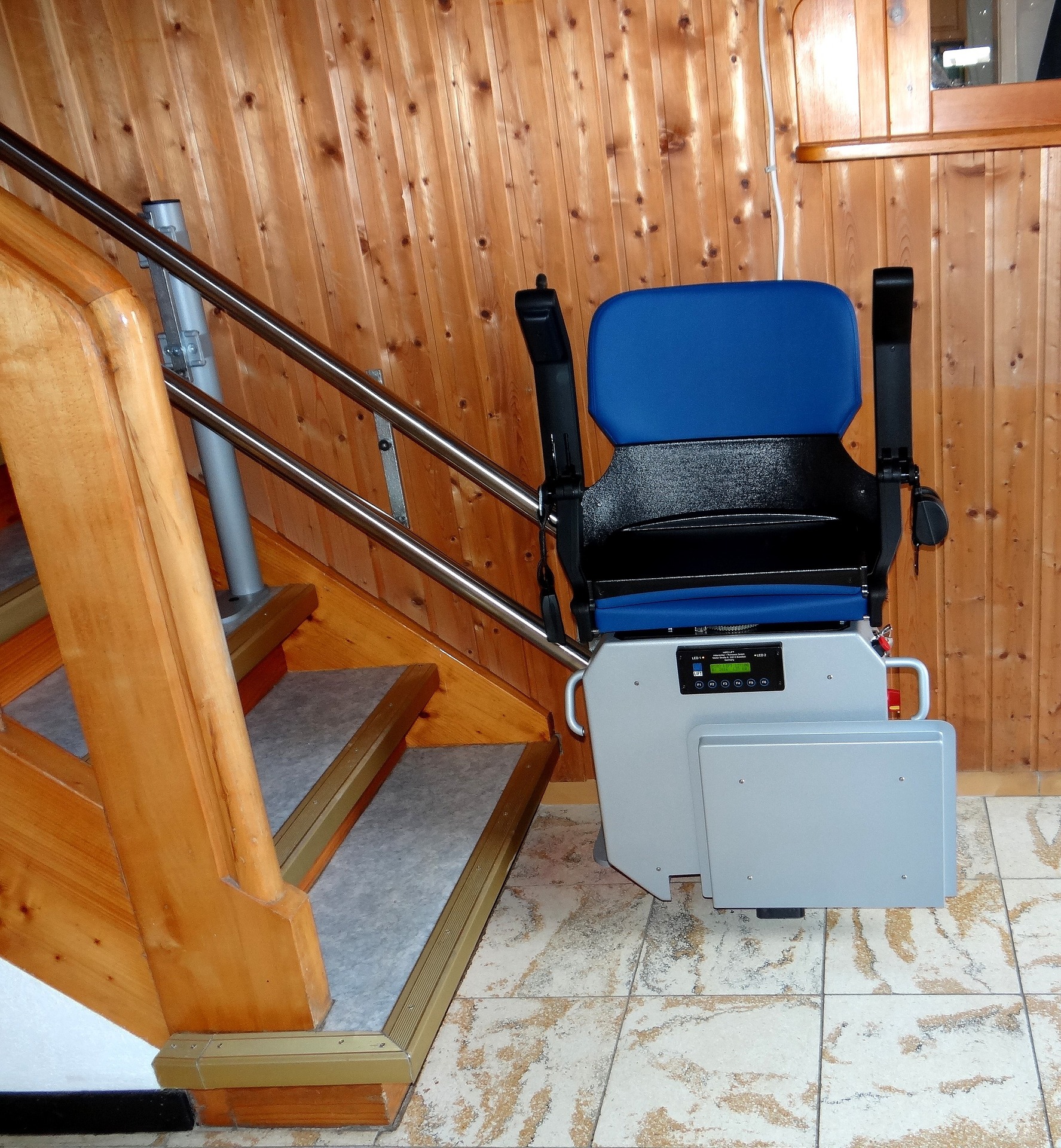As a caregiver for a loved one with dementia, the importance of creating a safe and supportive home environment cannot be overstated. A dementia-friendly home is not only essential for the well-being and comfort of the person with dementia but also aids in reducing stress and enhancing the quality of daily life. In this blog post, we will explore practical tips for caregivers to create a dementia-friendly home that promotes safety, independence, and a sense of familiarity.
-
Clear and Simple Environment:
Dementia can bring about confusion and disorientation. To counteract this, simplify the home environment. Remove unnecessary clutter, excess furniture, and any items that may be confusing or potentially dangerous. Keep pathways clear and ensure that rooms are well-lit to minimize shadows and reduce the risk of falls. A clear and unobstructed space helps in maintaining a sense of order and coherence.
-
Memory Aids and Labels:
Labeling can be a powerful tool in a dementia-friendly home. Use labels on drawers, cabinets, and doors to help your loved one identify and locate items easily. Incorporate visual cues with pictures or symbols alongside words for added clarity. Memory aids such as a daily schedule or a bulletin board with important information can serve as a gentle reminder, providing a sense of structure and routine.
-
Safety Measures:
Safety is paramount in a dementia-friendly home. Install safety features like handrails in hallways and grab bars in bathrooms to prevent accidents. Secure rugs and carpets to the floor to avoid tripping hazards. Consider childproof locks on cabinets containing potentially harmful items, and install window locks to prevent wandering. Regularly check and update smoke detectors and other safety equipment to ensure they are in working order.
-
Comfortable and Familiar Spaces:
Creating a familiar and comforting environment can have a positive impact on individuals with dementia. Arrange furniture in a consistent manner and maintain a layout that is recognizable to your loved one. Surround them with familiar belongings, photographs, and cherished items that evoke positive memories. Comfortable seating areas with soft cushions and blankets can provide a sense of security and relaxation.
-
Routine and Consistency:
Establishing a daily routine can bring a sense of predictability to your loved one’s life. Maintain regular meal times, bedtime routines, and engage in familiar activities. Consistency helps reduce anxiety and provides a structured framework for the day. Be patient and allow ample time for tasks, minimizing any rush or pressure that might contribute to stress.
-
Effective Communication:
Communication can become challenging for individuals with dementia. Use clear and simple language, and break down information into smaller, more manageable parts. Maintain eye contact, speak slowly, and allow time for your loved one to process information. Non-verbal cues, such as facial expressions and gestures, can enhance understanding and connection.
-
Engaging Stimuli:
Stimulating the senses is essential for cognitive health. Provide activities that engage the senses, such as listening to familiar music, enjoying pleasant scents, or exploring tactile materials. Sensory-rich experiences can evoke positive emotions and enhance the overall well-being of your loved one.
-
Caregiver Self-Care:
While creating a dementia-friendly home is crucial, it’s equally important for caregivers to prioritize self-care. Caring for someone with dementia can be emotionally and physically demanding. Ensure you have a support system in place, seek assistance when needed, and take breaks to recharge. Attending support groups or seeking professional advice can provide valuable insights and coping strategies.
Creating a dementia-friendly home is an ongoing process that requires adaptability and a deep understanding of your loved one’s evolving needs. By implementing practical tips such as simplifying the environment, incorporating memory aids, prioritizing safety, creating comfortable and familiar spaces, establishing routines, fostering effective communication, providing engaging stimuli, and prioritizing caregiver self-care, you can significantly improve the quality of life for both the person with dementia and the caregiver.
Remember, the goal is to create an environment that promotes dignity, independence, and a sense of security. Each small adjustment contributes to a more supportive and compassionate living space, enhancing the overall well-being of your loved one as they navigate the challenges of dementia.







